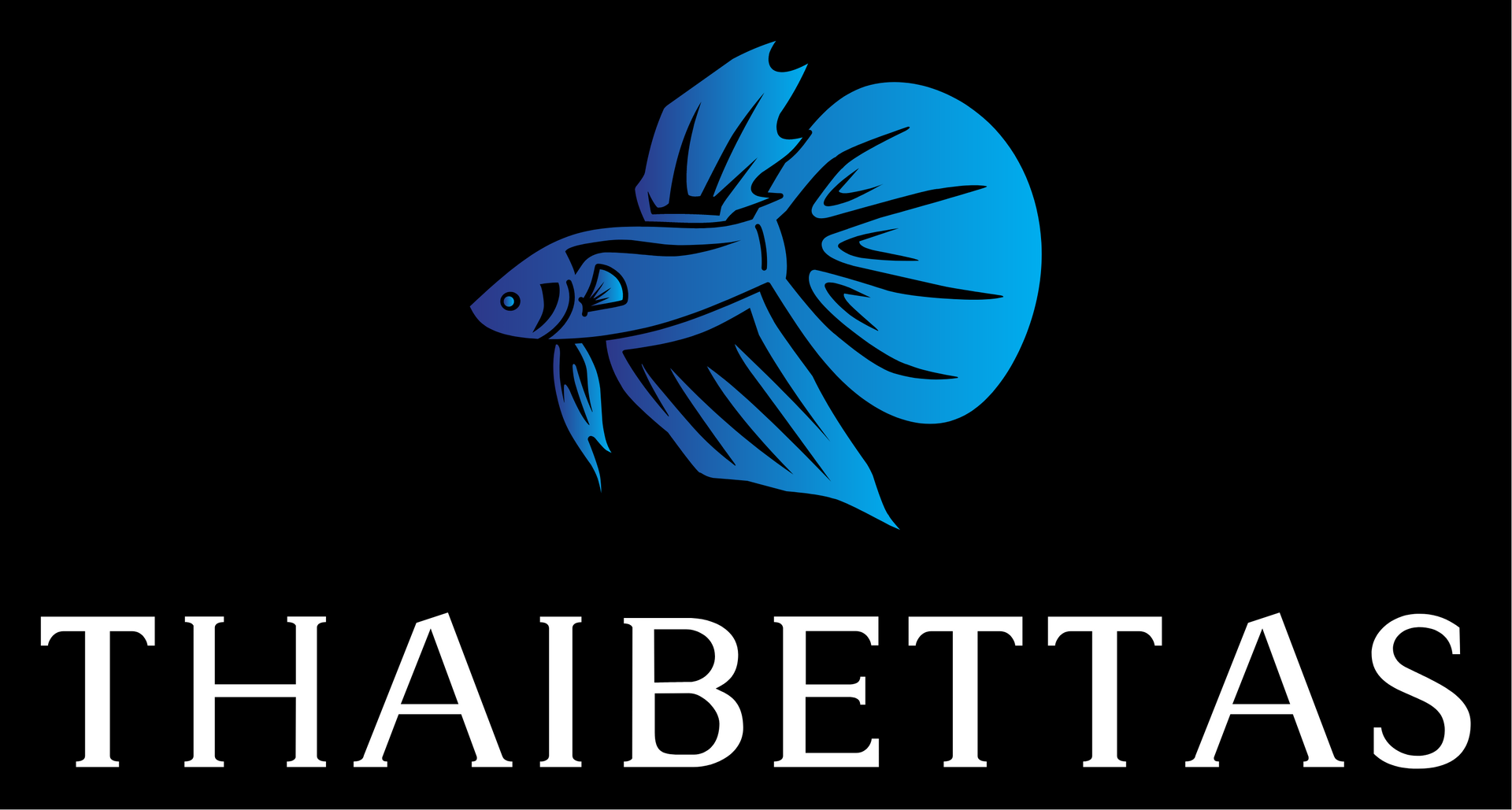About Bettas
Feeding
Betta Splendens is naturally carnivorous, feeding on zooplankton, small crustaceans, and the larvae of aquatic insects such as mosquitoes, as well as insects that have fallen into the water and algae. Contrary to some marketing materials in the pet trade, bettas cannot subsist solely on vegetation or the roots of plants.
Bettas can be fed a varied diet of pellets, flakes, or frozen foods like brine shrimp, bloodworms, daphnia and many others. Due to their short digestive tracts a characteristic of most carnivores Bettas have difficulty processing carbohydrates such as corn and wheat, which are commonly used as fillers in many commercial fish foods. Thus, regardless of the source, a proper betta diet should consist mostly of animal protein.
Bettas Behavior
Bettas are well known for being highly territorial, with males prone to attacking each other if housed in the same tank; without a means of escape, this will usually result in the death of one or both fish. Female bettas can also become territorial towards one another in confined spaces. Bettas are exceptionally tolerant of low oxygen levels and poor water quality, owing to their special labyrinth organ, a characteristic unique to the suborder Anabantoidei that allows for the intake of surface air.
Optimal Water Conditions
The tropical climate of the betta's natural habitat is characterized by sudden and extreme fluctuations in water availability, chemistry, and temperature. Water pH can range from slightly acidic (pH 6.9) to highly alkaline (pH 8.2), while air temperatures drop as low as 15 °C (59 °F) and rise as high as 40 °C (100 °F), water temperature from 24°C (75 °F) to 29°C (85 °F). Consequently, Siamese fighting fish are highly adaptable and durable, able to tolerate a variety of harsh or toxic environments; this accounts for their popularity as pets, as well as their ability to successfully colonize bodies of water all over the world.
History
The Siamese fighting fish (Betta Splendens), commonly known as the "Betta", is a freshwater fish native to Southeast Asia, namely Cambodia, Laos, Myanmar, Malaysia, Indonesia, Thailand, and Vietnam. It is one of 73 species of the genus Betta, but the only one eponymously called "Betta", owing to its global popularity as a pet; Betta Splendens are among the most popular aquarium fish in the world, due to their diverse and colorful morphology and relatively low maintenance.
They were initially bred for aggression and subject to gambling matches akin to cockfighting. Bettas became known outside Thailand through King Rama III (1788–1851), who is said to have given some to Theodore Cantor, a Danish physician, zoologist, and botanist. They first appeared in the West in the late 19th century, and within decades became popular as ornamental fish. B. Splendens long history of selective breeding has produced a wide variety of coloration and finnage, earning it the moniker, "designer fish of the aquatic world".
In addition to its worldwide popularity, the Siamese fighting fish is the national aquatic animal of Thailand,which remains the primary breeder and exporter of bettas for the global aquarium market. Despite their abundance as pets, B. Splendens is listed as "vulnerable" by the IUCN, due to increasing pollution and habitat destruction.
